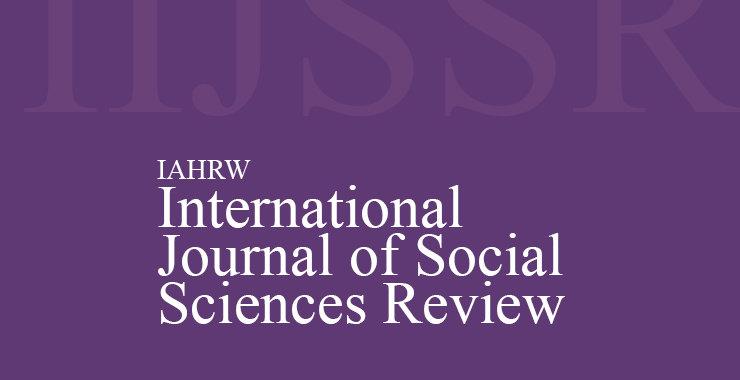Analysis of the Impact of Climate Change on Tangible Cultural Heritage Related to Indigenous Plant-material Culture
Original price was: ₹ 201.00.₹ 200.00Current price is: ₹ 200.00.
Page: 05-08
Sejabaledi A. Rankoana (Department of Sociology and Anthropology, University of Limpopo, South Africa)
Description
Page: 05-08
Sejabaledi A. Rankoana (Department of Sociology and Anthropology, University of Limpopo, South Africa)
Material culture refers to the physical artefacts that embody a community’s cultural heritage. These tangible objects symbolise human cultures and contribute to a sense of identification and well-being. This study describes the effects of climate change on indigenous plant materials used in material culture. The study sample was made up of 125 adult members of the Dikgale community who were purposely selected to participate in semi-structured interviews. The participants were selected based on their expertise in local material creations, their familiarity with the plants utilised in their production, and their understanding of the effects of climate change on the availability of these plants. The study findings identify eleven species from nine families that serve as sources of material culture. Indigenous plant materials, including stems, barks, leaves, fruits, and culms obtained from trees, shrubs, aloe, and grass, serve as valuable sources of fibre, timber, oil, and dye utilised in the manufacturing of household utensils as well as the construction of huts and courtyards. The type of plant part harvested predisposes the species to climate extremes such as rising temperatures and erratic rainfall, as they hamper the species’ regrowth after harvesting and limit the chances for the emergence of new species. Although the plant species used in material culture are poorly preserved, this study suggests that the collecting and preservation of objects of material culture as part of cultural heritage.

